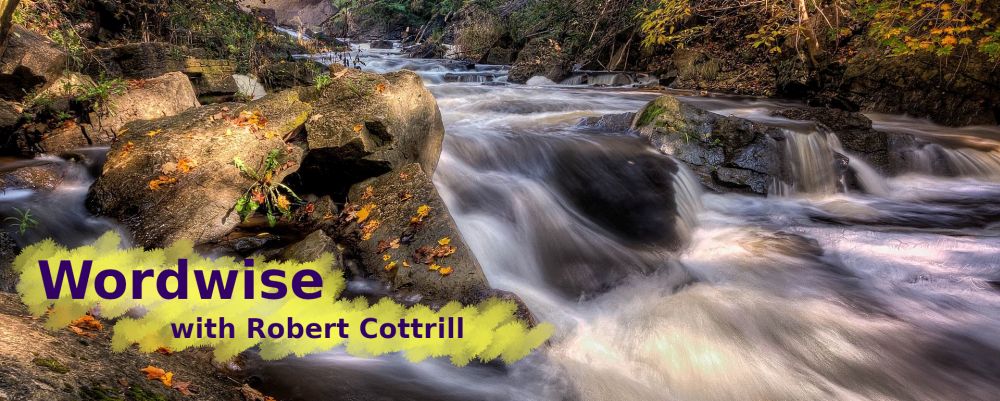Go to Dark Gethsemane
Words: James Montgomery (b. Nov. 4, 1771; d. Apr. 30, 1854)
Music: Redhead 76, by Richard Redhead (b. March 1, 1820; d. Apr. 27, 1901)
Note: Montgomery’s text was first published in 1820, then he revised and republished it, five years later. This accounts for a number of the differences in some hymnals. Preeminent hymn historian John Julian has printed both versions in his massive two-volume Dictionary of Hymnology (pp. 430-431). Here are both the 1820 and 1825 versions of (4) so you can see some of the changes the author made.
(1820)
Early to the tomb repair,
Where they laid His breathless clay;
Angels kept their vigils there:
Who hath taken Him away?
“Christ is risen,” He seeks the skies;
Saviour! Teach us so to rise.
(1825)
Early hasten to the tomb,
Where they laid His breathless clay;
All is solitude and gloom–
Who hath taken Him away?
Christ is risen–He meets our eyes;
Saviour, teach us so to rise.
The tune is sometimes called Redhead 76, because it is number 76 in the composer’s Church Hymn Tunes. As well, you may find it with one of several other names: Ajalon, Gethsemane, Petra, or simply Redhead.
(Stanza numbers in brackets below refer to the stanza number in The Cyber Hymnal. Find the link at the bottom of the article.)
Years ago, a pastor visited Gethsemane with some others. Later he wrote of the moving experience:
“We sat down on a rock overlooking the garden. The moon was still bright, and the venerable olive trees were casting dark shadows across the sacred ground. The silence of the night increased the solemnity. No human voice was heard, and the stillness was only broken by the occasional barking of dogs in the city. We read, by the light, [Bible] passages bearing on the agony, and James Montgomery’s solemn hymn.”
Two Hundred Hymn Stories, by Ellen Jane Lorenz, p. 38
In its four stanzas, this very fine hymn calls our attention to: Christ’s agony in Gethsemane; His illegal trial; His crucifixion; and His resurrection. From these Montgomery draws a lesson for the Christian, stated in the last line of each stanza. From Christ we learn to pray, to cling to God in times of distress and need, and to submit ourselves to the will of God (Mk. 14:36).
(1) Go to dark Gethsemane,
Ye that feel the tempter’s power;
Your Redeemer’s conflict see,
Watch with Him one bitter hour,
Turn not from His griefs away;
Learn of Jesus Christ to pray.
We learn to bear the cross (2), to identify with Christ and follow Him at any cost (Matt. 16:24).
(2) See Him at the judgment hall,
Beaten, bound, reviled, arraigned;
O the wormwood and the gall!
O the pangs His soul sustained!
Shun not suffering, shame, or loss;
Learn of Christ to bear the cross.
We learn to die (3). Here, perhaps Montgomery means that we gain a sense of peace in death, confident that, even then, we are in the hands of a loving God (Lk. 23:46). Finally, we learn to rise (4). That we learn that Christ’s resurrection gives us the assurance that those in Christ, by faith, will one day be raised to dwell with Him (Lk. 24:26; cf. I Cor. 15:20-23). May we, as believers, learn to say with Paul, “To me, to live is Christ, and to die is gain” (Phil. 1:21).
The lessons are important for us. And the hymn impels us onward with a series of action words. These vary slightly with revisions, but here they are in James Montgomery’s 1825 version:
¤ Go to dark Gethsemane
¤ Follow to the judgment hall
¤ Calvary’s mournful mountain climb
¤ Early hasten to the tomb
Questions:
- Which of the four lessons mentioned by Montgomery is hardest for you to learn?
- What other Easter hymns do you know that make a personal application in this way?
Links:
- 30 April 1854 – James Montgomery Died
- Go To Dark Gethsemane (The Cyber Hymnal)
- Go to Dark Gethsemane (Hymnary.org)
